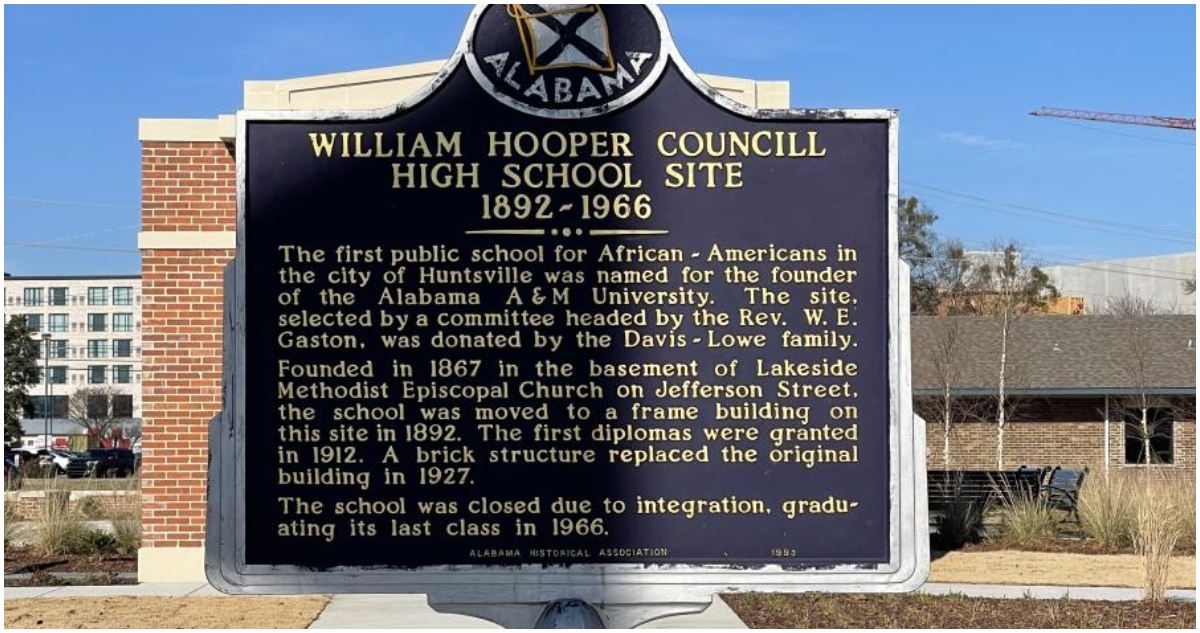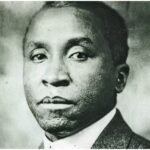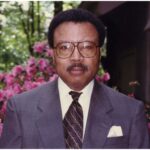Nearly 60 years after it was demolished, the history of Huntsville’s first Black public school continues to inspire at William Hooper Councill Park. The park stands on the grounds of the former William Hooper Councill High School, a vital institution that educated Black students during segregation.
A Space for Reflection and Remembrance
Located at 620 St. Clair Ave. SW, William Hooper Councill Park is a place of both reflection and inspiration. It features statues of Black children and college students holding books, symbolizing the ongoing pursuit of education and excellence. For many visitors, the park is a way to preserve memories of a time when the school played a key role in Huntsville’s Black community.
One local visitor expressed, “I love it. It’s good. We have the memories here.” For generations, the park has served as a connection to the past, ensuring that the contributions of the school and its students are not forgotten.
Preserving the School’s Impact on Huntsville
The William Hooper Councill High School was a beacon of learning for Black students before it closed in 1966. Despite the school’s demolition, the park continues to hold its legacy. Local historian William Hampton, whose parents attended the school, believes that more could have been done to preserve the physical building. He said, “I wish it would have been preserved. It had sat for many, many years without maintenance. I wish this would have become the Huntsville museum—restored and renovated right here in the heart of the city.”
Hampton’s wish to restore the building remains unfulfilled, as few structures from the 1940s to the 1960s remain in downtown Huntsville. Today, the only surviving schools from that era are Calvary Hill School and Meridianville Bottom School. However, the park continues to honor the spirit of the school, reminding visitors of its significant impact on the local community.
The Park Honors Dr. William Hooper Councill
At the heart of the park stands a statue of Dr. William Hooper Councill, a key figure in Huntsville’s Black history. Councill was the founder and first president of Alabama A&M University. He also established The Huntsville Herald newspaper in 1877 and founded St. John African Methodist Episcopal Church in 1885. Despite his major contributions, many in the local community remain unaware of his legacy.
Hampton encourages visitors to read the informational plaques scattered throughout the park to learn more about Councill’s life and work. “What I like most is the statue of Dr. William Hooper Councill,” he said, highlighting how the park ensures that his legacy lives on.





